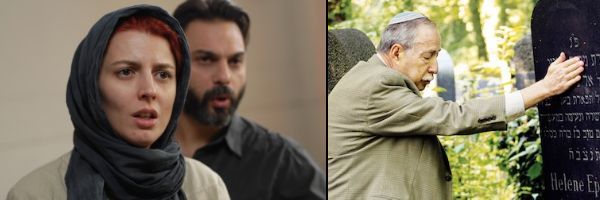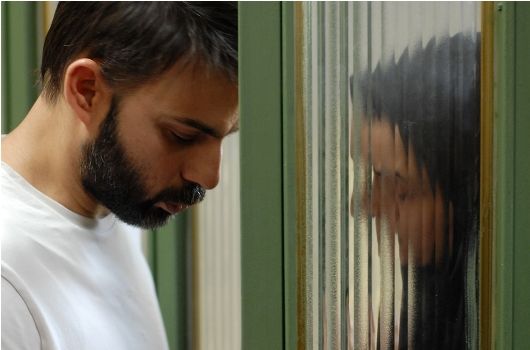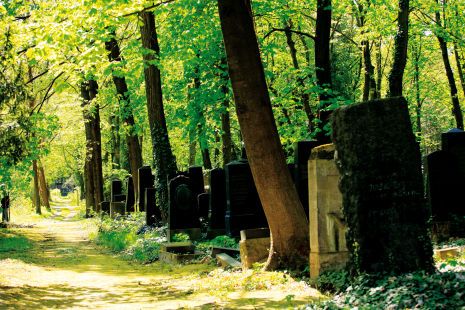Two of the 2011 Berlin Film Festival award winners landed North American distribution today. Sony Pictures Classics picked up Nader and Simin, A Separation, which won the festival's highest honor, the Golden Bear. Written and directed by Asghar Farhadi (About Elly), the Iranian drama centers on Simin's effort to divorce her husband. For what it's worth, Nader and Simin ranks 210 on the IMDB Top 250 as of this writing.
In nonfiction, THR reports 7th Art Releasing has acquired the North American rights to the documentary In Heaven, Underground: The Jewish Cemetery in Berlin-Weissensee, which won the Panorama Audience Award following its world premiere at the Berlin Fest. Directed by Britta Wauer, In Heaven observes the cultural importance of the oldest Jewish cemetery still in use in Europe. Hit the jump for more on both films.
The press release announcing SPC's acquisition of Nader and Simin, A Separation:
SONY PICTURES CLASSICS ACQUIRES BERLIN’S GOLDEN BEAR WINNER NADER AND SIMIN, A SEPARATION
NEW YORK (MAY 3, 2011) – Sony Pictures Classics announced today that they have acquired all North American rights to Asghar Farhadi’s NADER AND SIMIN, A SEPARATION from Memento Films International. The film won the Golden Bear at this year’s Berlin Film Festival.
Farhadi was awarded Best Director for his previous film, ABOUT ELLY at the 2009 Berlin Film Festival.
Set in Contemporary Iran, NADER AND SIMIN, A SEPARATION is a compelling drama about the dissolution of a marriage. Simin wants to leave Iran with her husband Nader and daughter Termeh. Simin sues for divorce when Nader refuses to leave behind his Alzheimer-suffering father. Her request having failed, Simin goes back to her parents’, but Termeh decides to stay with Nader…
Memento Films International and Sony Pictures Classics last worked together on the Oscar nominated Palme D’ Or winner, THE CLASS.
The official synopsis for In Heaven Underground: The Weissensee Jewish Cemetery:
In the north of Berlin, tucked away in a residential area surrounded by walls, there is a jungle of trees, rhododendrons and ivy. In between the rampant foliage are thousands of stones – large and small, some artistic-looking, others simple, some magnificent and crumbling; some nameless and others with indecipherable inscriptions.
Weißensee is the largest Jewish cemetery still in use in Europe. It is so large that it could contain approximately eighty-six football pitches. Walking through the cemetery is like taking a walk through history and the list of famous artists, philosophers, lawyers, architects, doctors, teachers of religion and publishers who are buried here is long indeed. Not many are aware that in a few years’ time, this protected area will officially be listed as one of UNESCO’s world heritage sites.
Weißensee is like a fairy-tale forest, a history book, or a jungle in the heart of the German capital; but above all, Weißensee is a place full of life, where the members of extended families from Argentina come in search of their ancestors’ graves. Elsewhere in the cemetery, restorers are busy painting sparkly Stars of David on tombs, while a slight gentleman in the registry hands a bus load of exiles documents about their relatives’ graves; an ornithologist specializing in birds of prey records the number of young goshawks, and an octogenarian tells us that this is where he once fell in love with a girl in his class at school. Right here, during a games lesson in field number A8, where colourful Russian graves stand today.
The Jewish Cemetery at Weißensee is now 130 years old. It has never been closed and as such represents one of the few institutions in Germany that were to remain in Jewish hands under the Nazis. The most astonishing thing of all is: neither the cemetery nor its archive was ever destroyed – making it a real find for collectors of stories.



